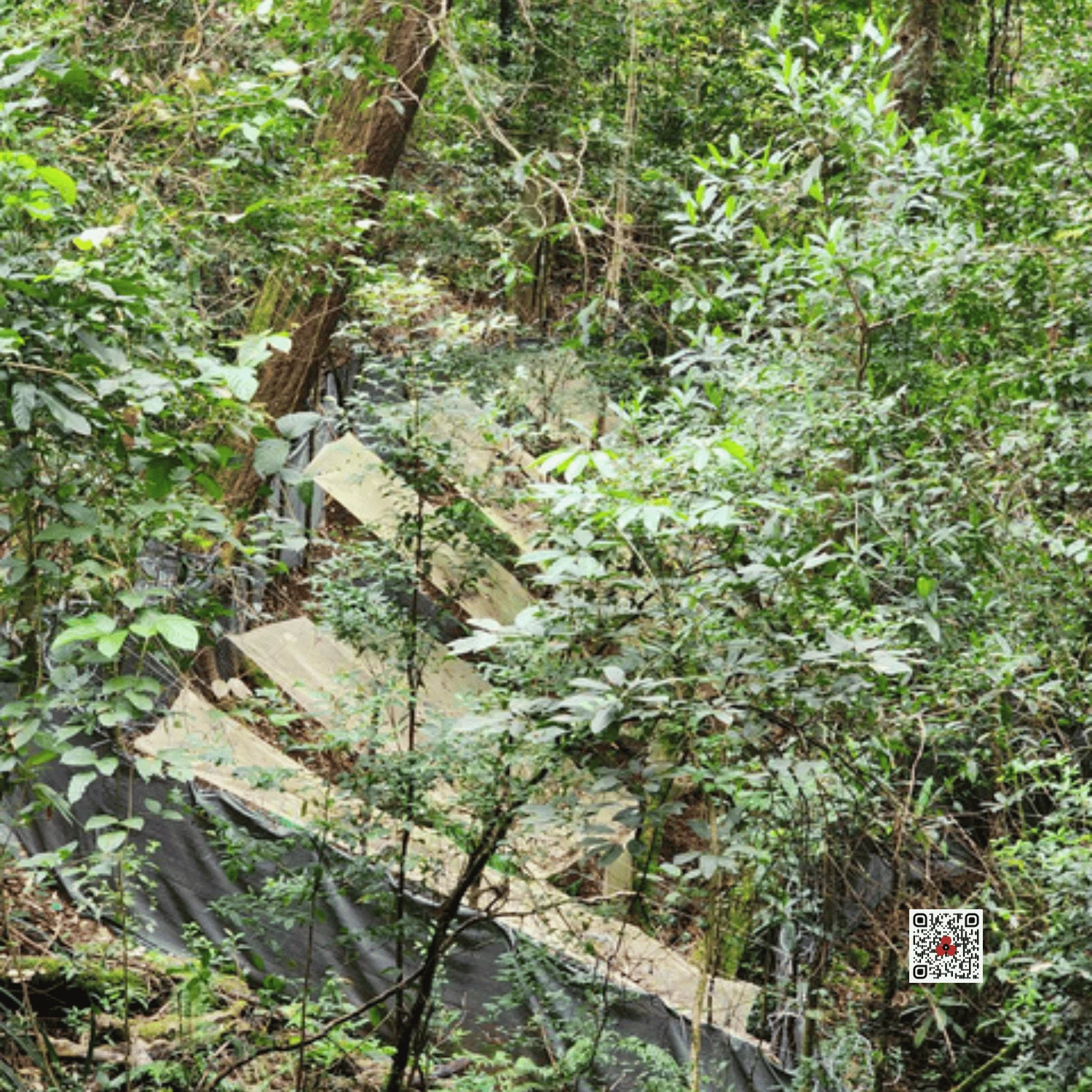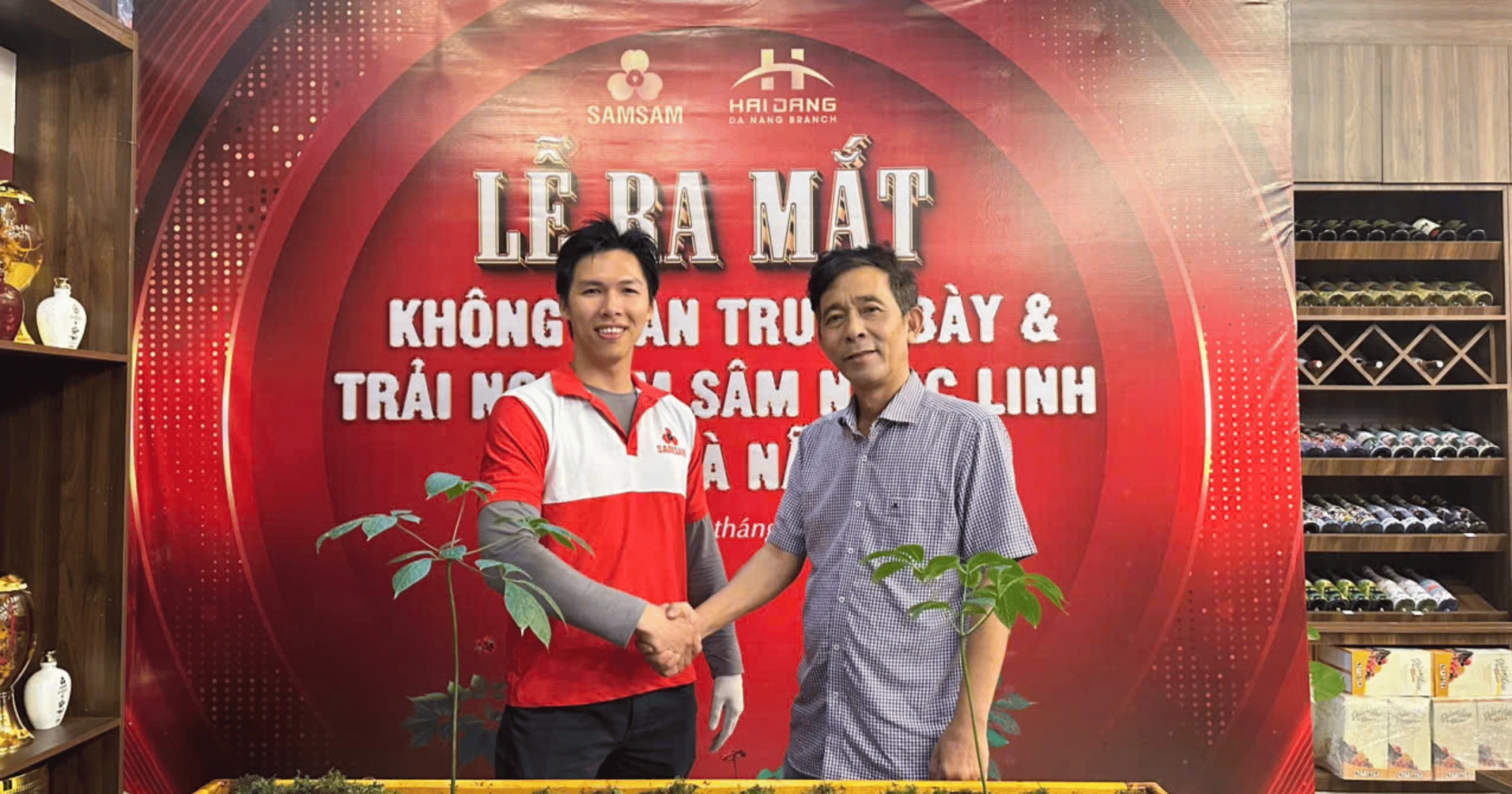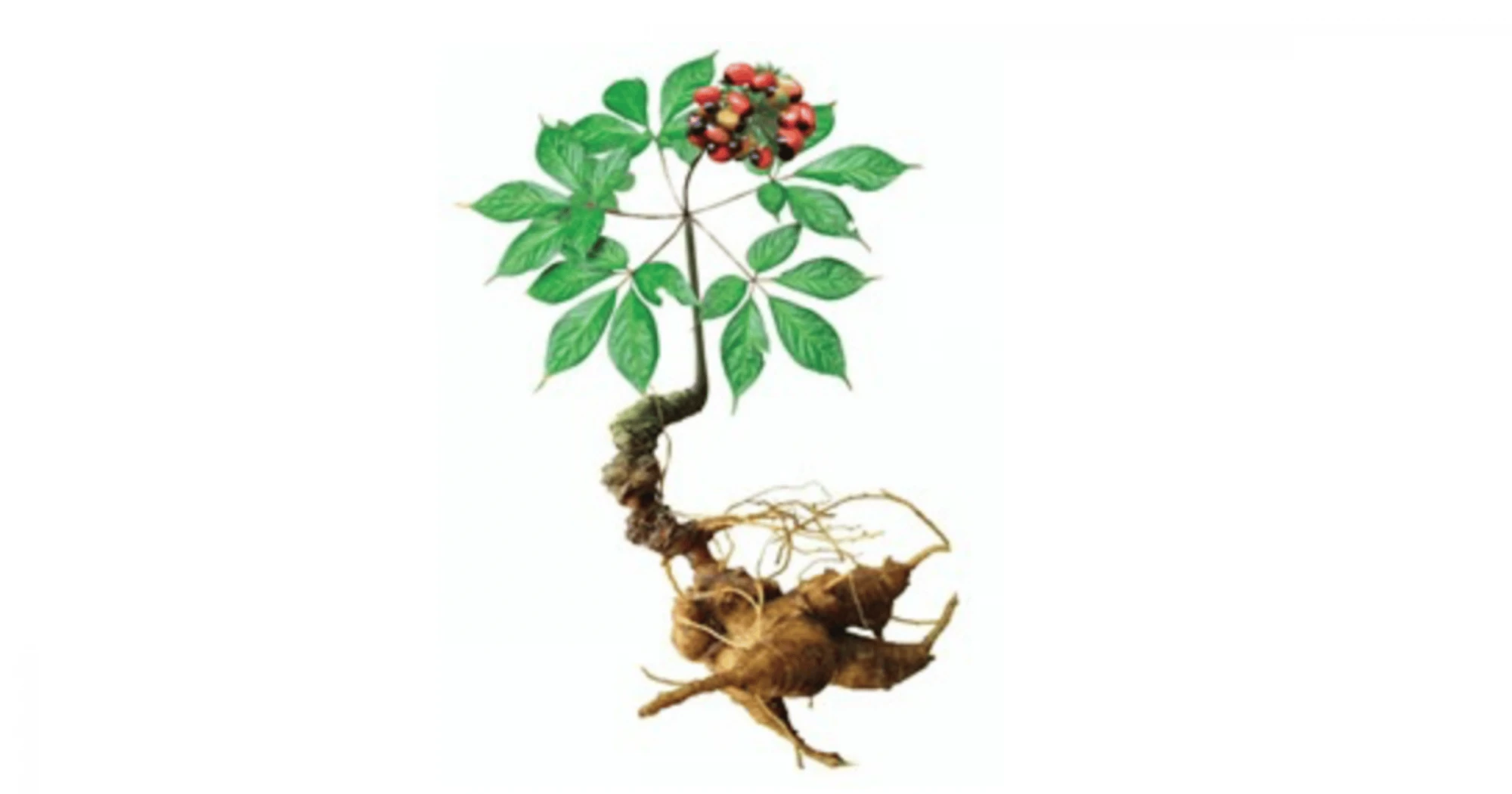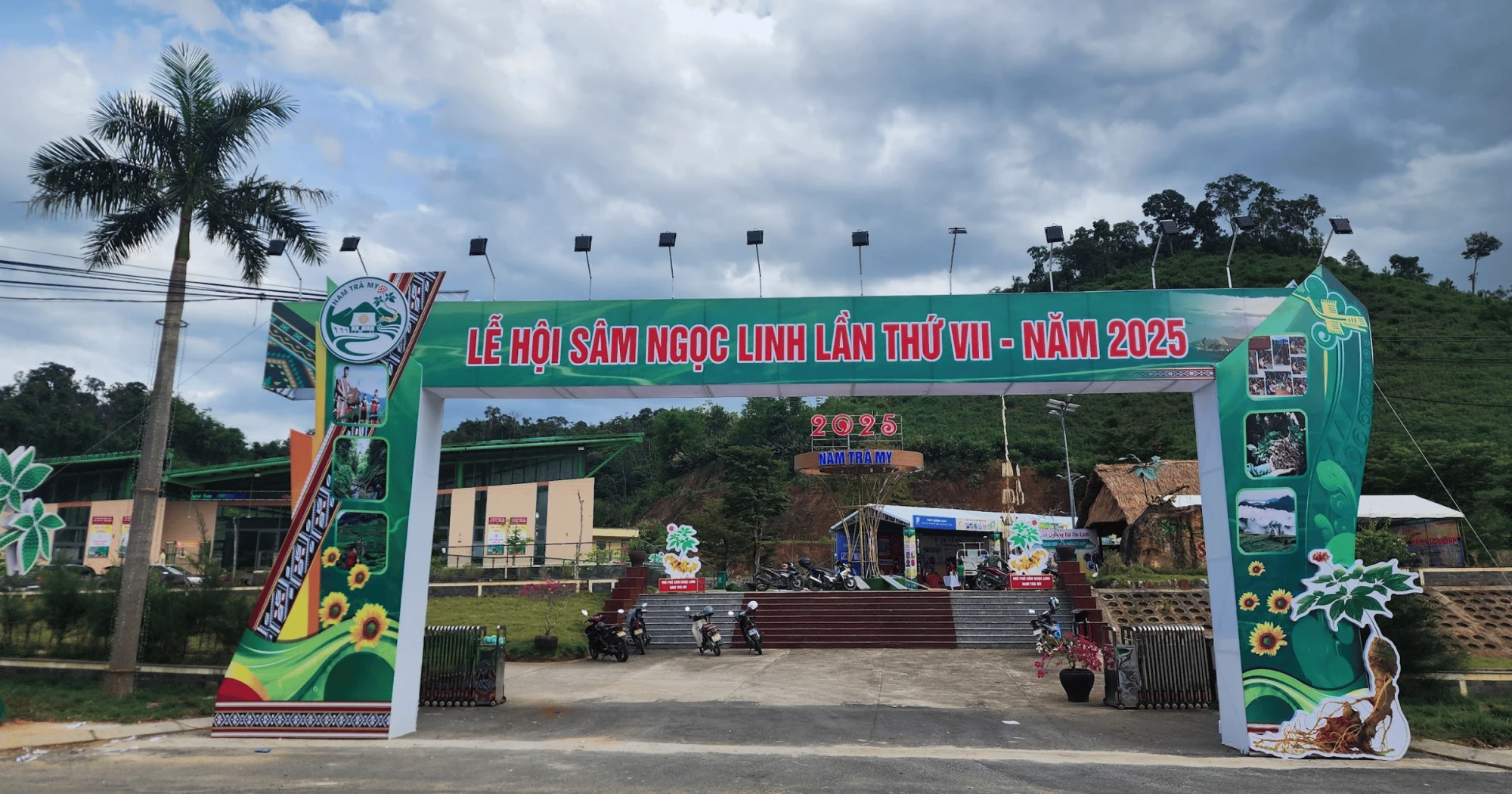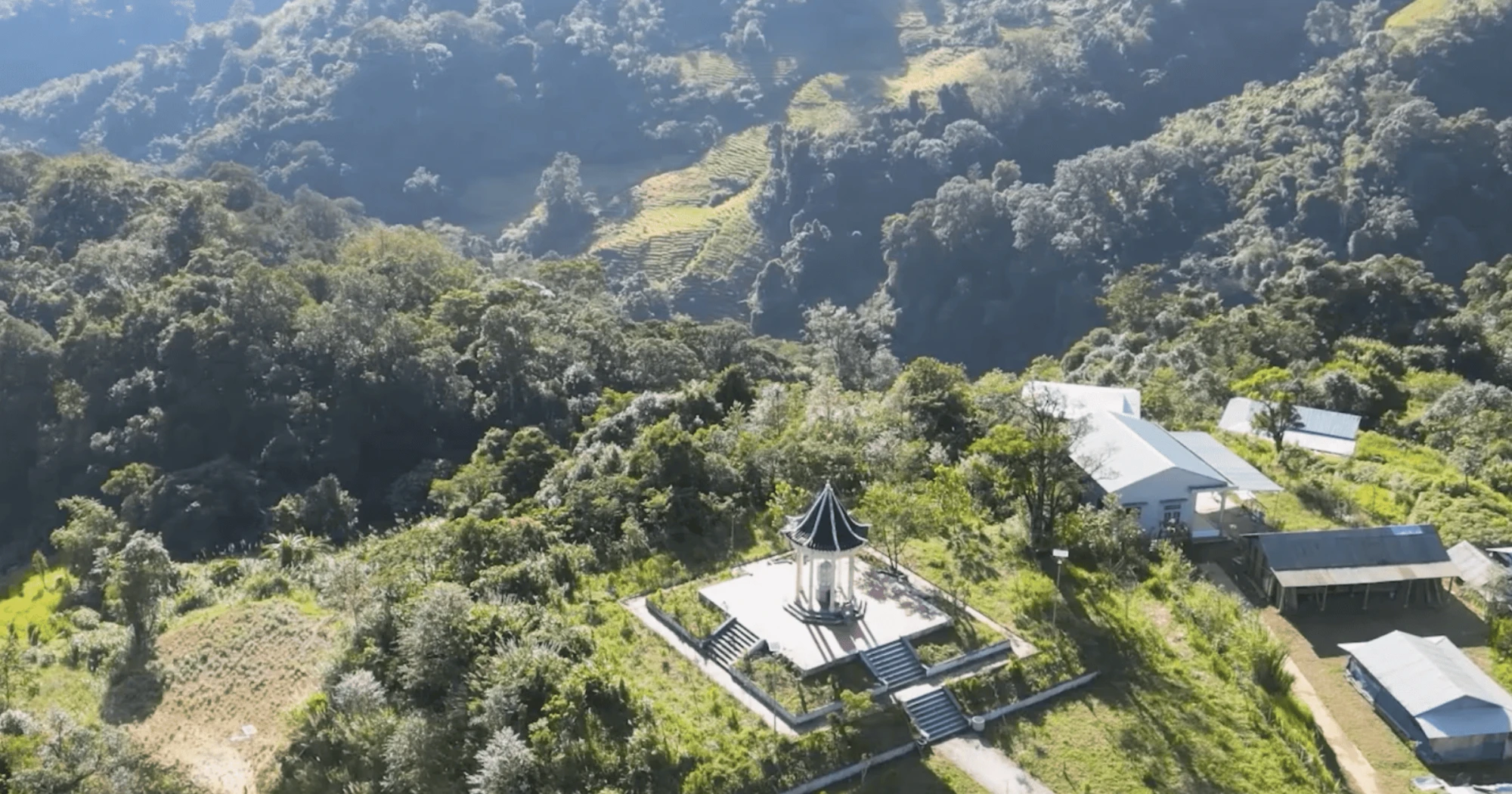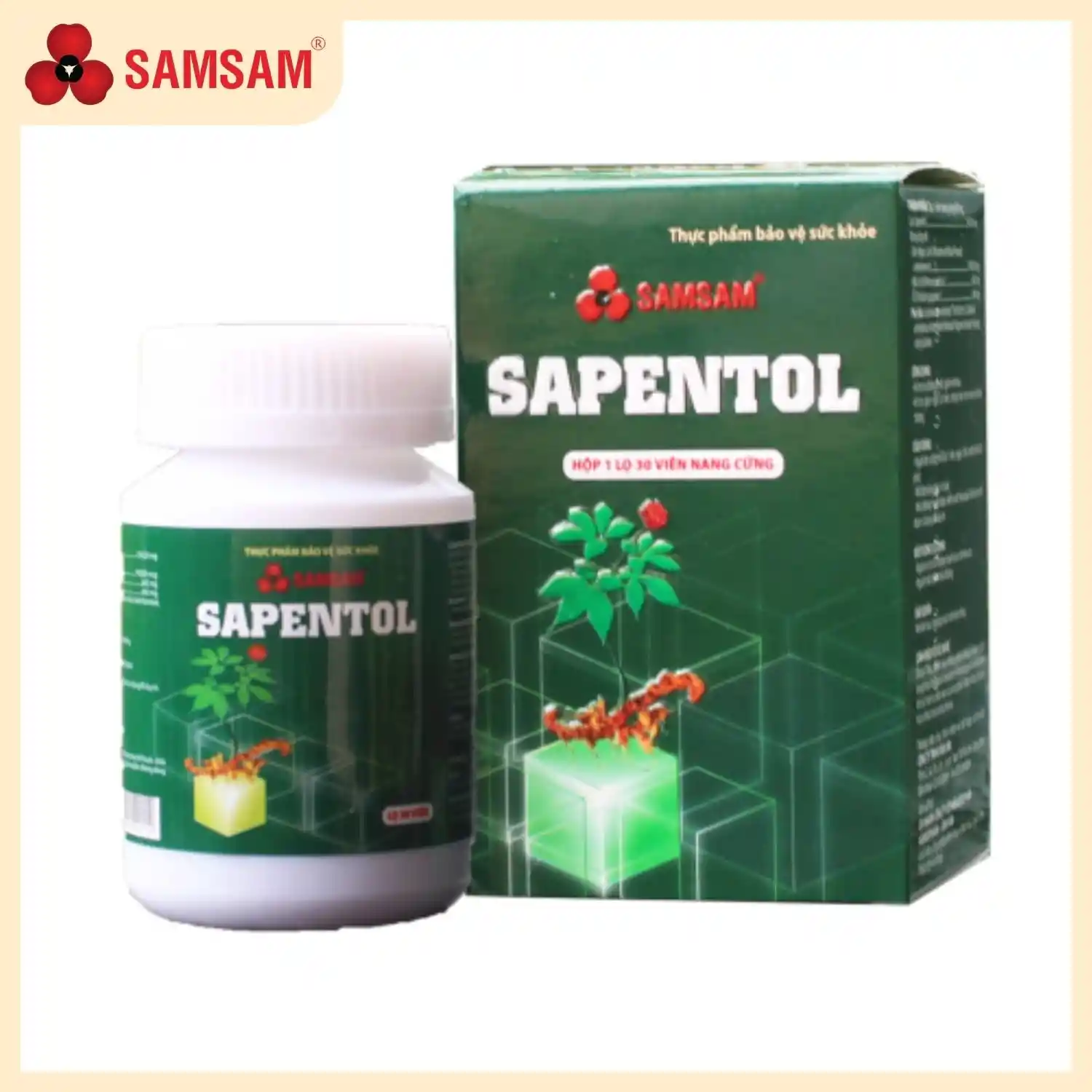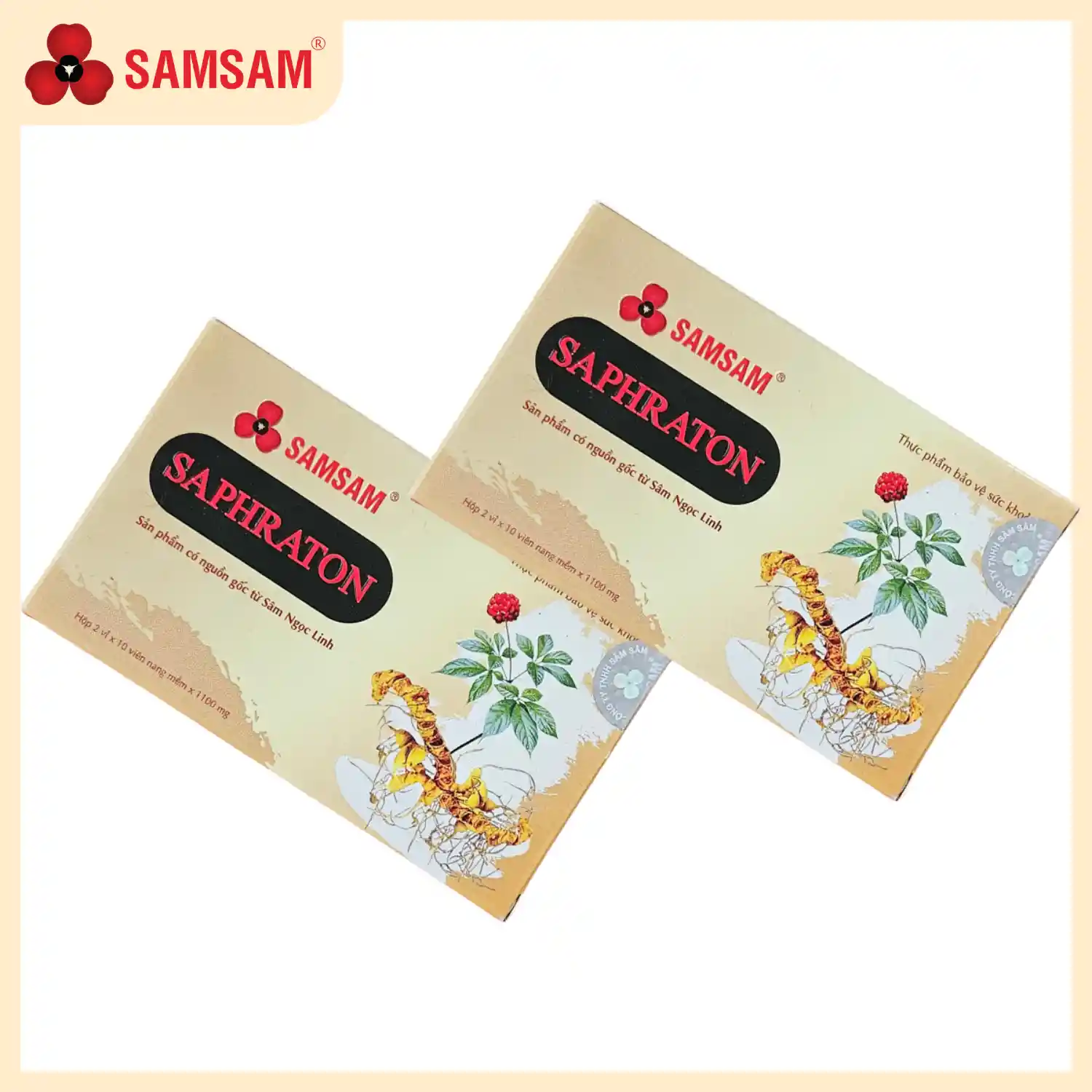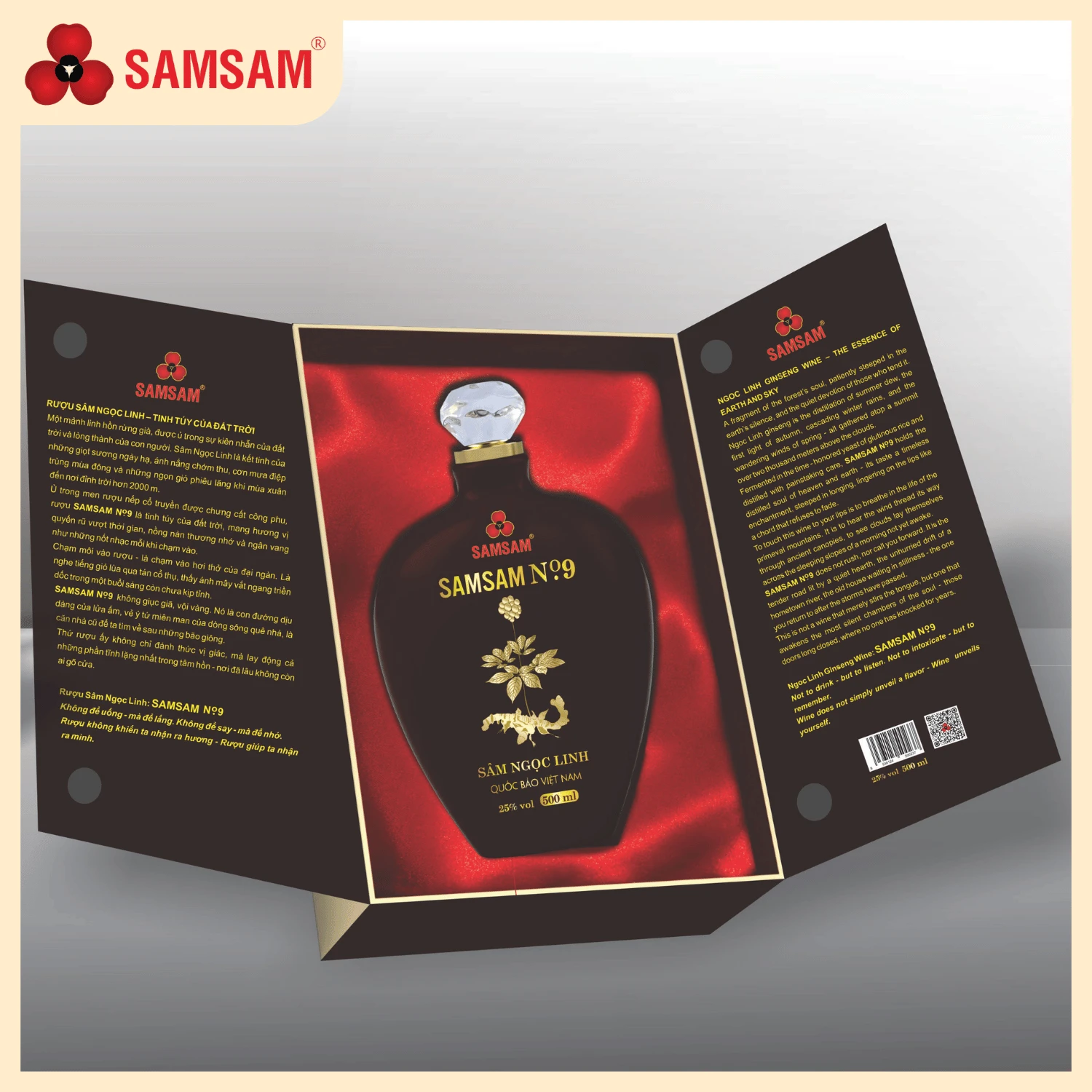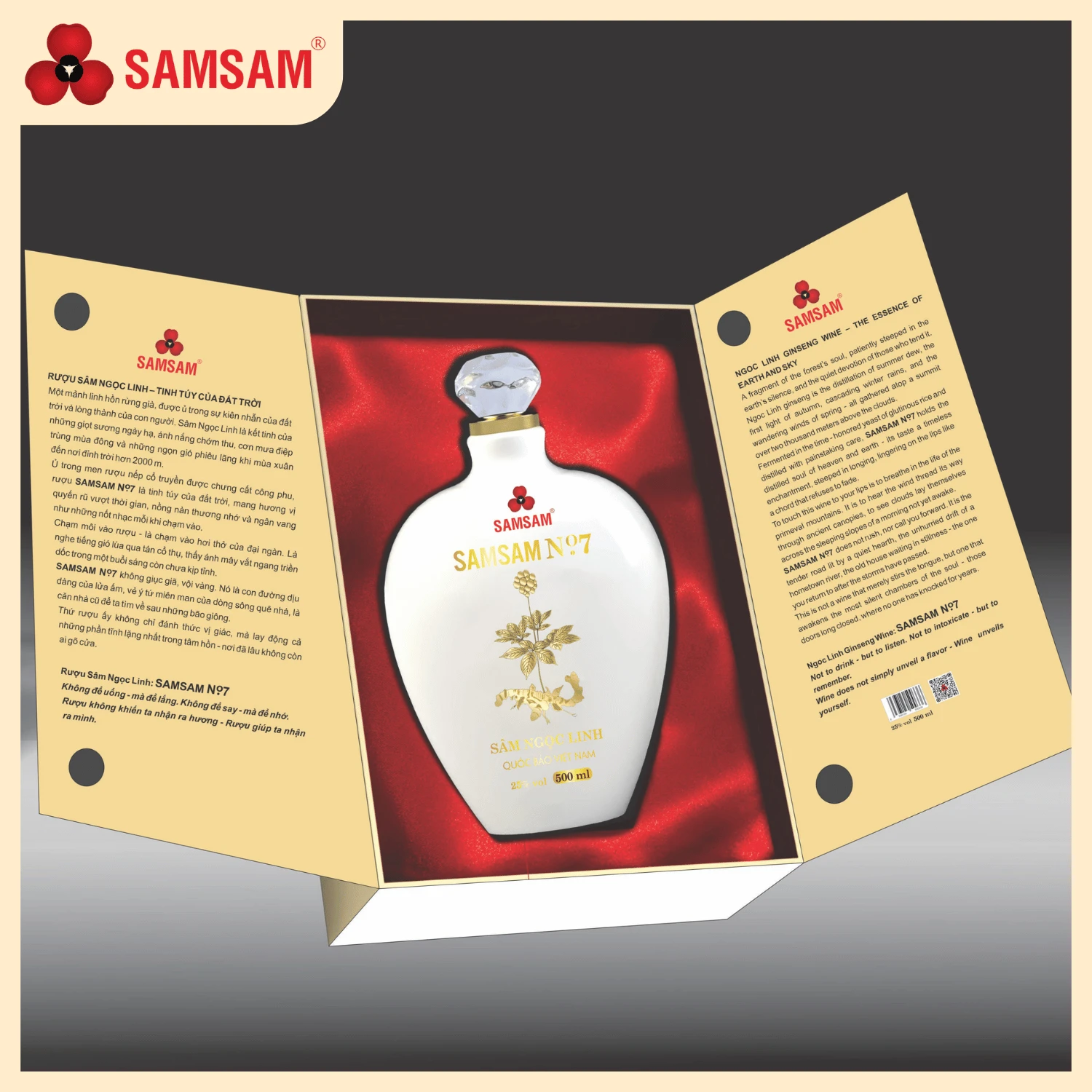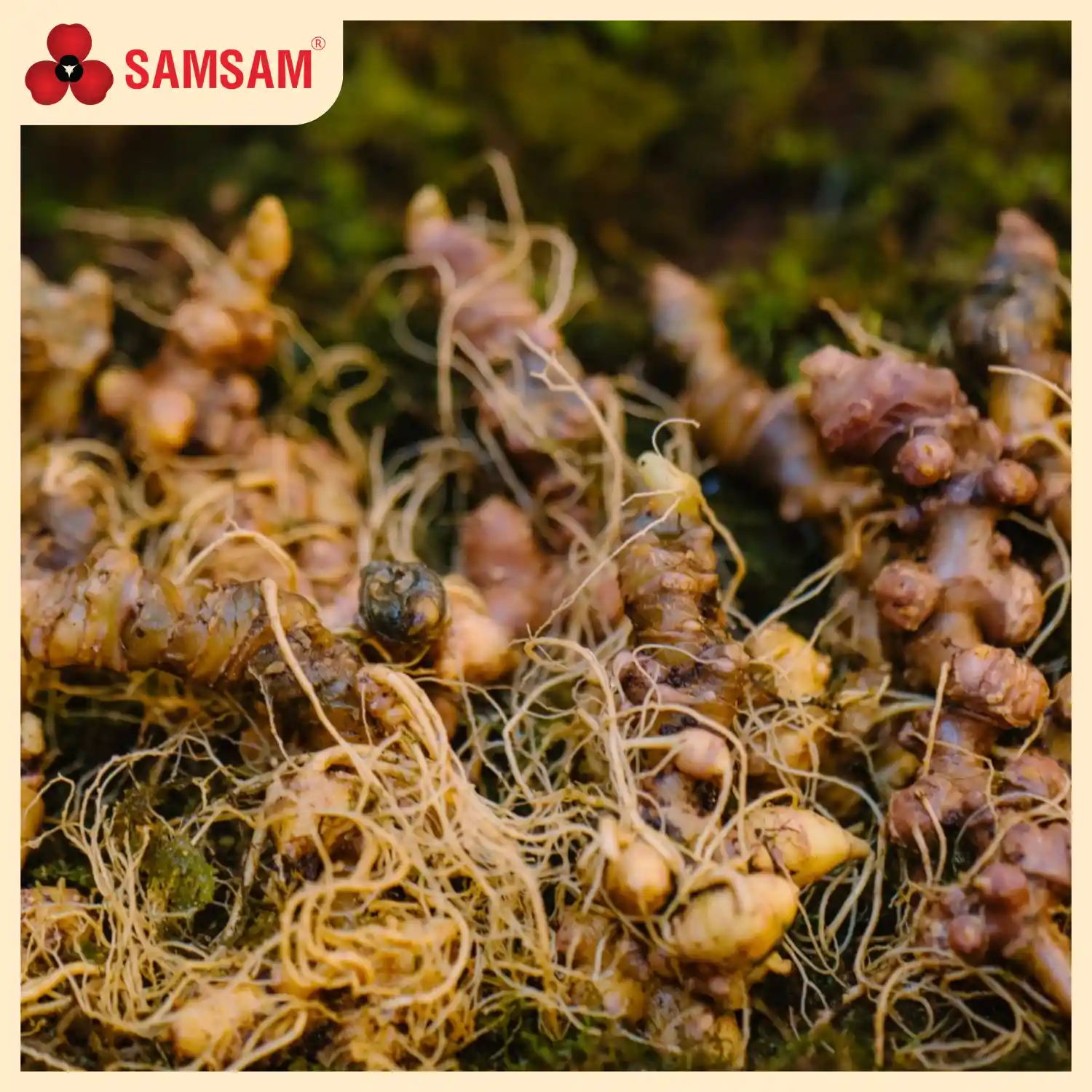Ngoc Linh ginseng is not only a precious medicinal herb, but also a “green dream” of many investors. However, the path to ginseng cultivation is not easy – it requires large capital, a long time and the cooperation of businesses, scientists, the government and the people to preserve the national treasure and develop sustainably.
TFrom bamboo baskets to trillion-dollar projects
Growing Ngoc Linh ginseng was once associated with the image of local people, carrying baskets on their backs, nimbly digging the soil under the forest canopy. But today, the story is different. More and more large enterprises, pharmaceutical corporations, and even high-tech startups are coming to Kon Tum and Quang Nam with the dream of Vietnamese ginseng. In their eyes, Ngoc Linh ginseng is not only a precious medicinal plant, but also a “green gold mine” – an opportunity to get rich sustainably.
However, the path to conquering ginseng is not easy. It not only requires huge capital, but also time, scientific knowledge, patience, and the support of the entire ecosystem: scientists, authorities, and local people.
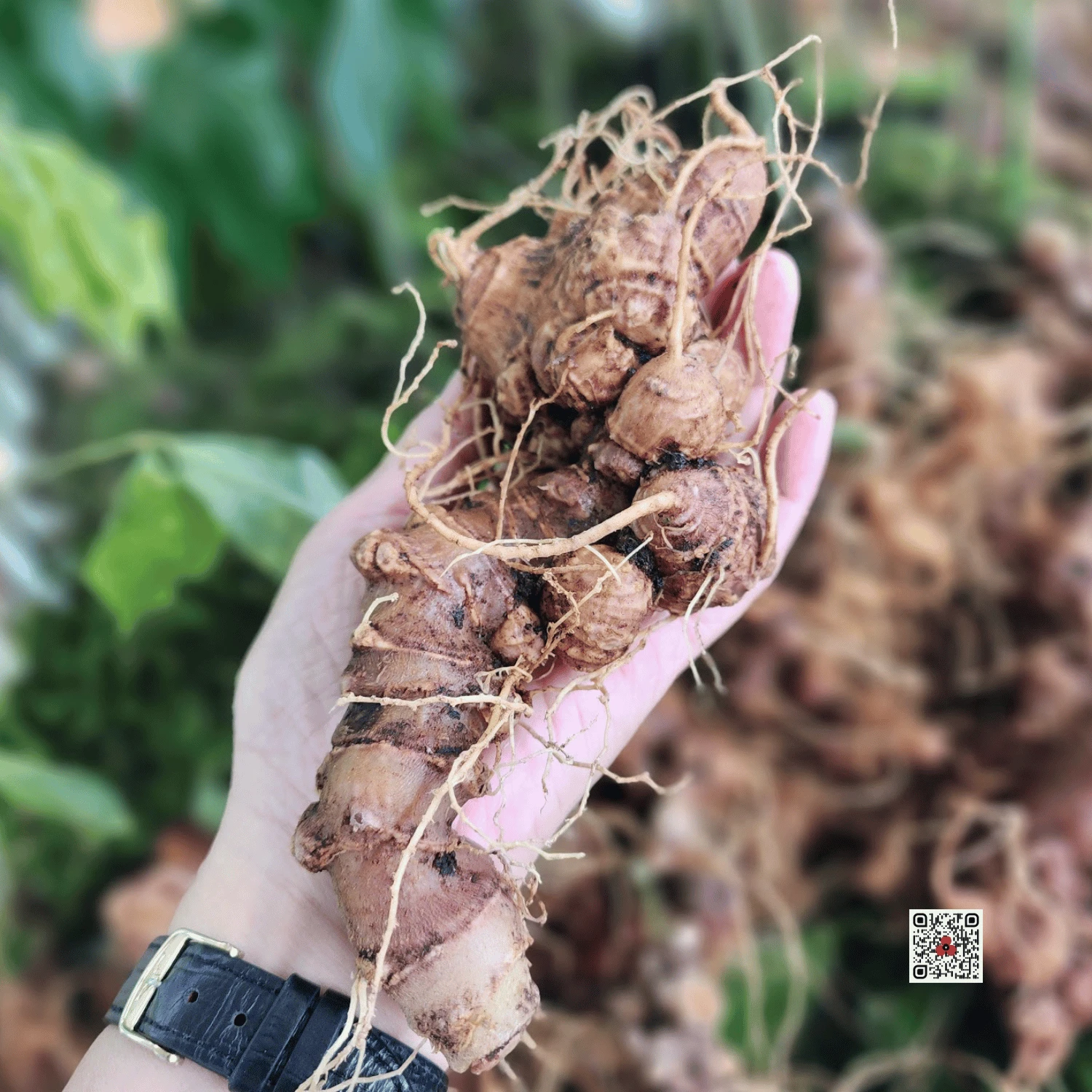
National treasure value and investment fever
Confirmed by researchers as one of the rarest ginseng species in the world, Ngoc Linh ginseng possesses more than 50 saponin active ingredients, more than Korean or American ginseng. This is what makes it quickly become a “national treasure” and is strongly sought after.
In the past few years, the ginseng growing area has increased significantly. Projects worth hundreds of billions, even thousands of billions of VND have been announced, promising to bring Vietnamese ginseng to the world. Many businesses not only think about selling fresh ginseng roots, but also aim for a diverse value chain: essence, capsules, functional foods, soft drinks, high-end cosmetics.
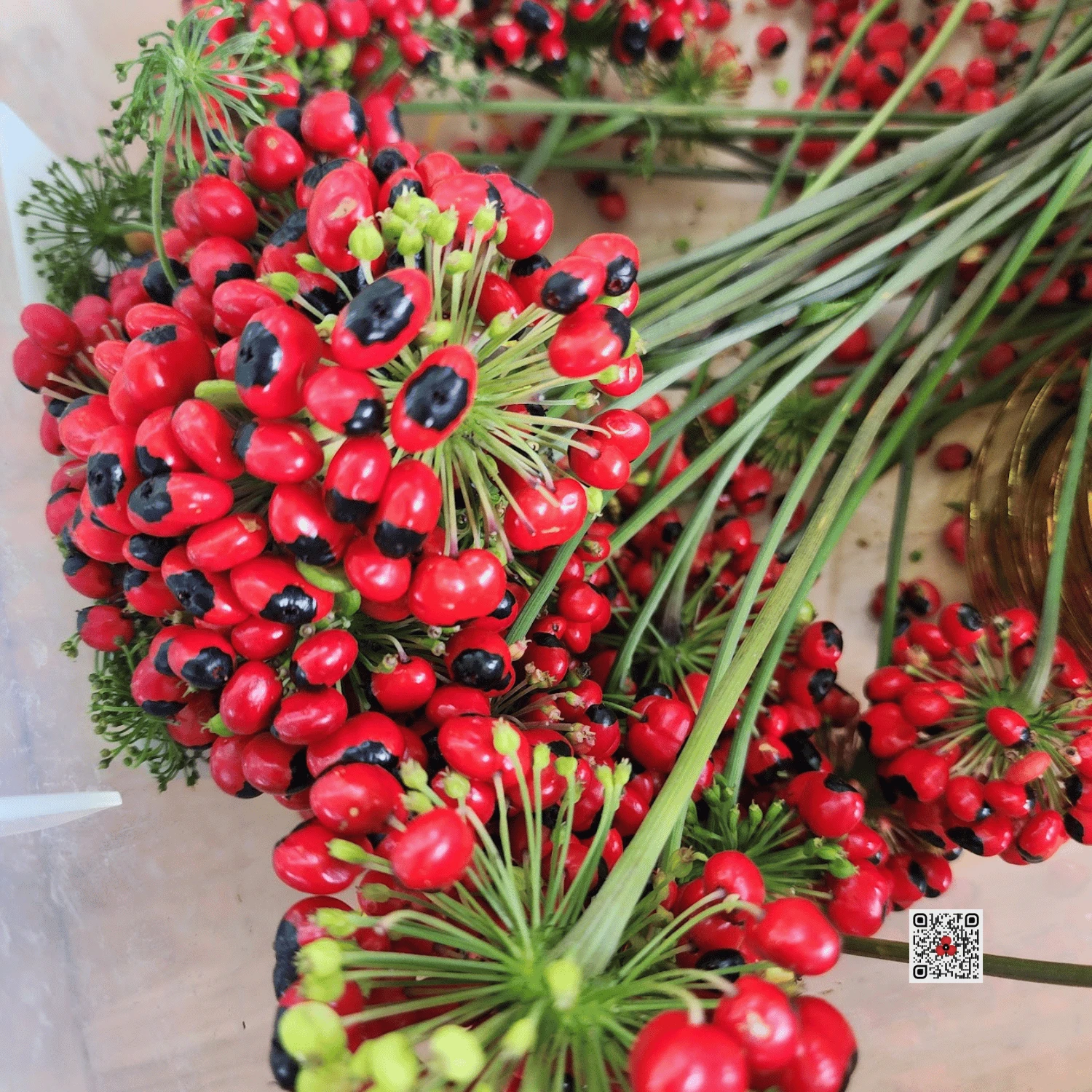
When technology and research enter the picture
To protect and develop rare genetic resources, many units invest heavily in technology. From mapping ginseng genes, applying biology in breeding, to implementing a traceability system using QR codes, the ginseng industry is being standardized at a high level. Some businesses also cooperate with research institutes to create scientifically standardized products, increasing the value of medicinal herbs.
Not stopping at agriculture, there are projects that combine ginseng cultivation with eco-tourism. Tourists can visit ginseng gardens, experience harvesting, learn how to process and enjoy products on the spot. This is a new direction, turning ginseng into a unique cultural and tourist destination.
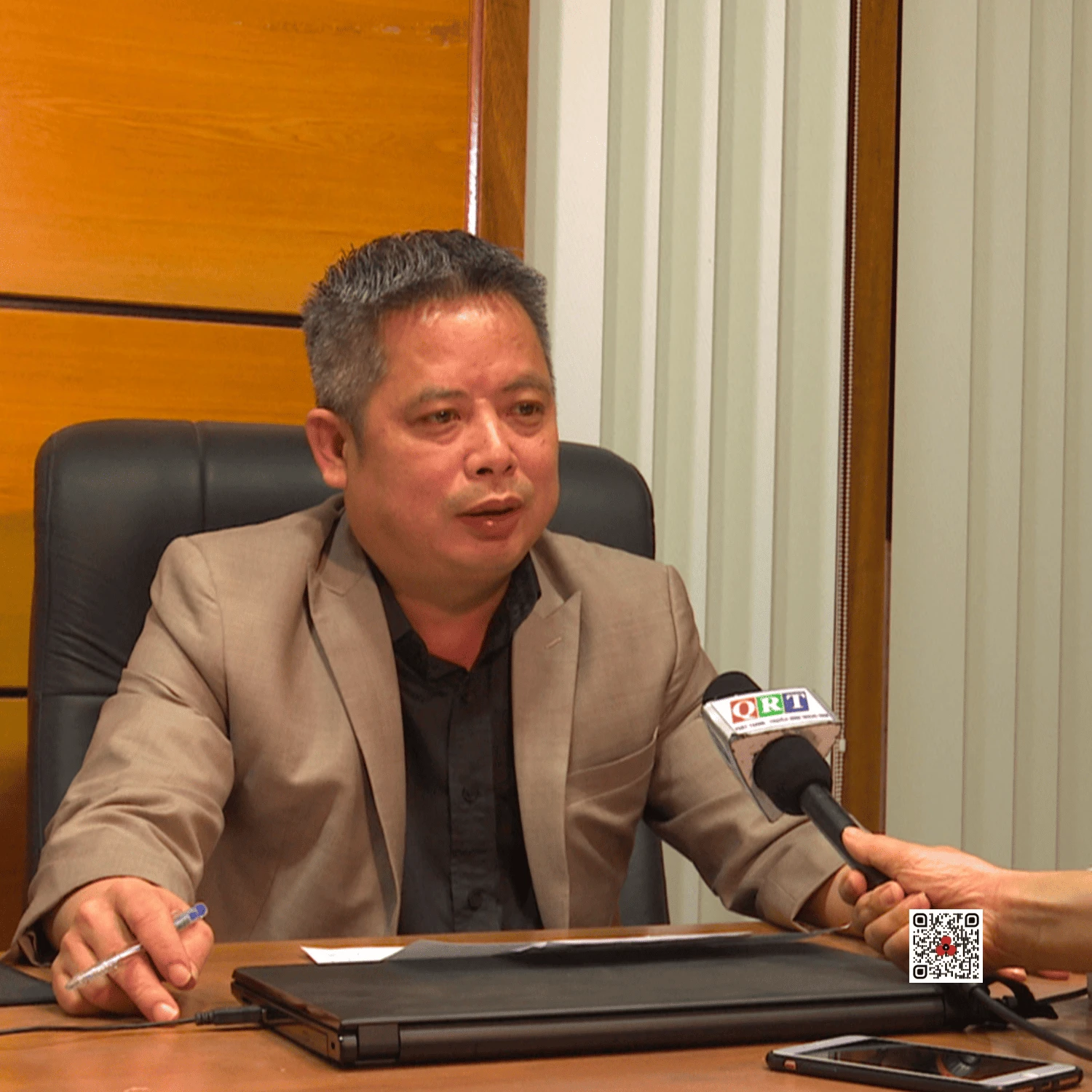
Economic problem: capital, time and risk
Ginger cultivation is completely different from many other medicinal plants. To be able to harvest, growers need to wait at least 5 years. Meanwhile, the costs of paying workers, protecting forests, investing in infrastructure, communication, marketing and building a brand must be paid from the very beginning.
Risks make the picture even more complicated: natural disasters, epidemics, climate change, theft… all can cause a ginseng garden that has been cared for for many years to suddenly disappear. Therefore, growing ginseng is not just a capital game, but a super long-term journey, requiring perseverance and strategic vision.
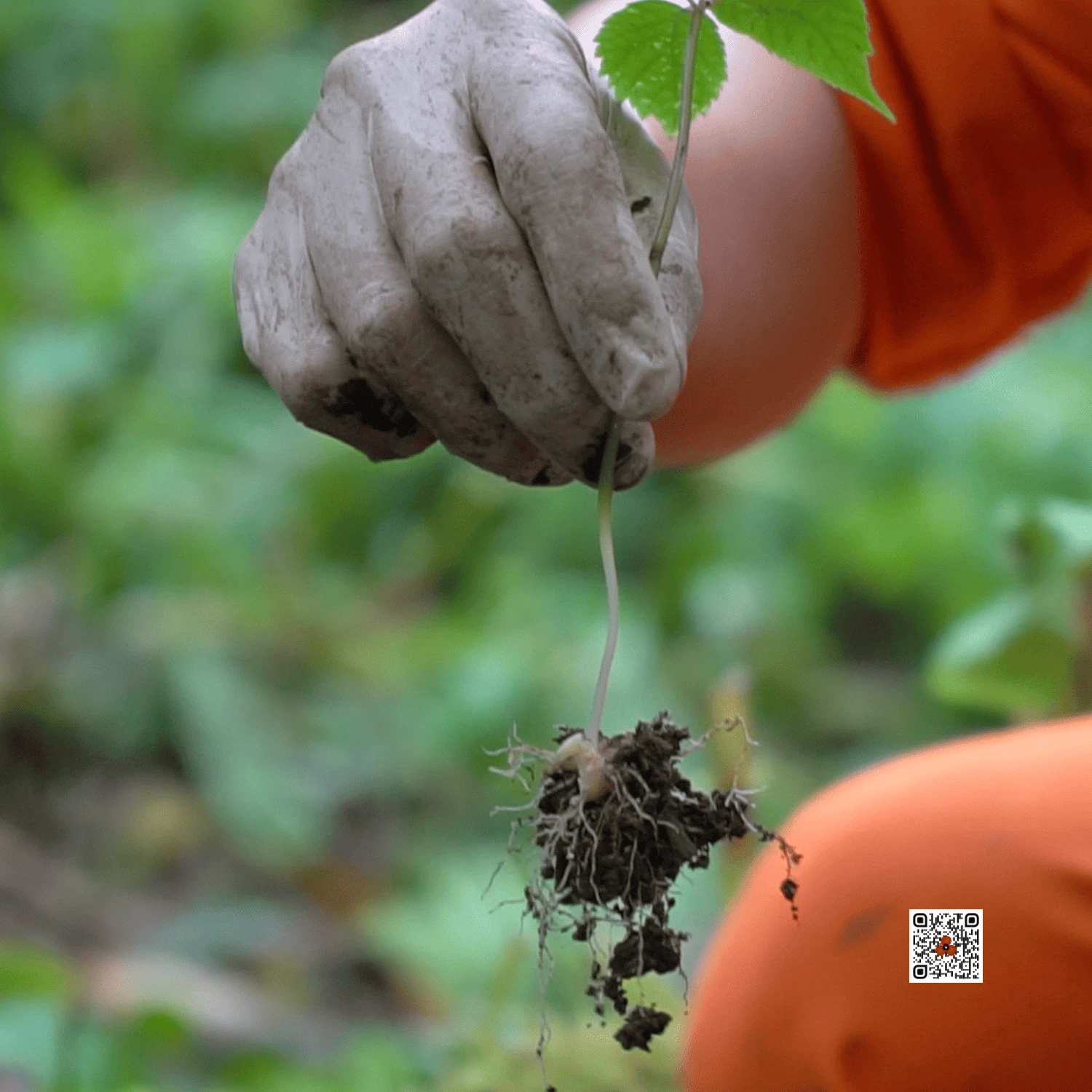
Market and Brand Challenges
Despite being called a national treasure, the Ngoc Linh ginseng market is still young. Domestic consumers are still hesitant due to the high price, while the product is not as widely advertised as in Korea. The legal framework for the recognition and circulation of ginseng products is also not complete, causing difficulties for businesses.
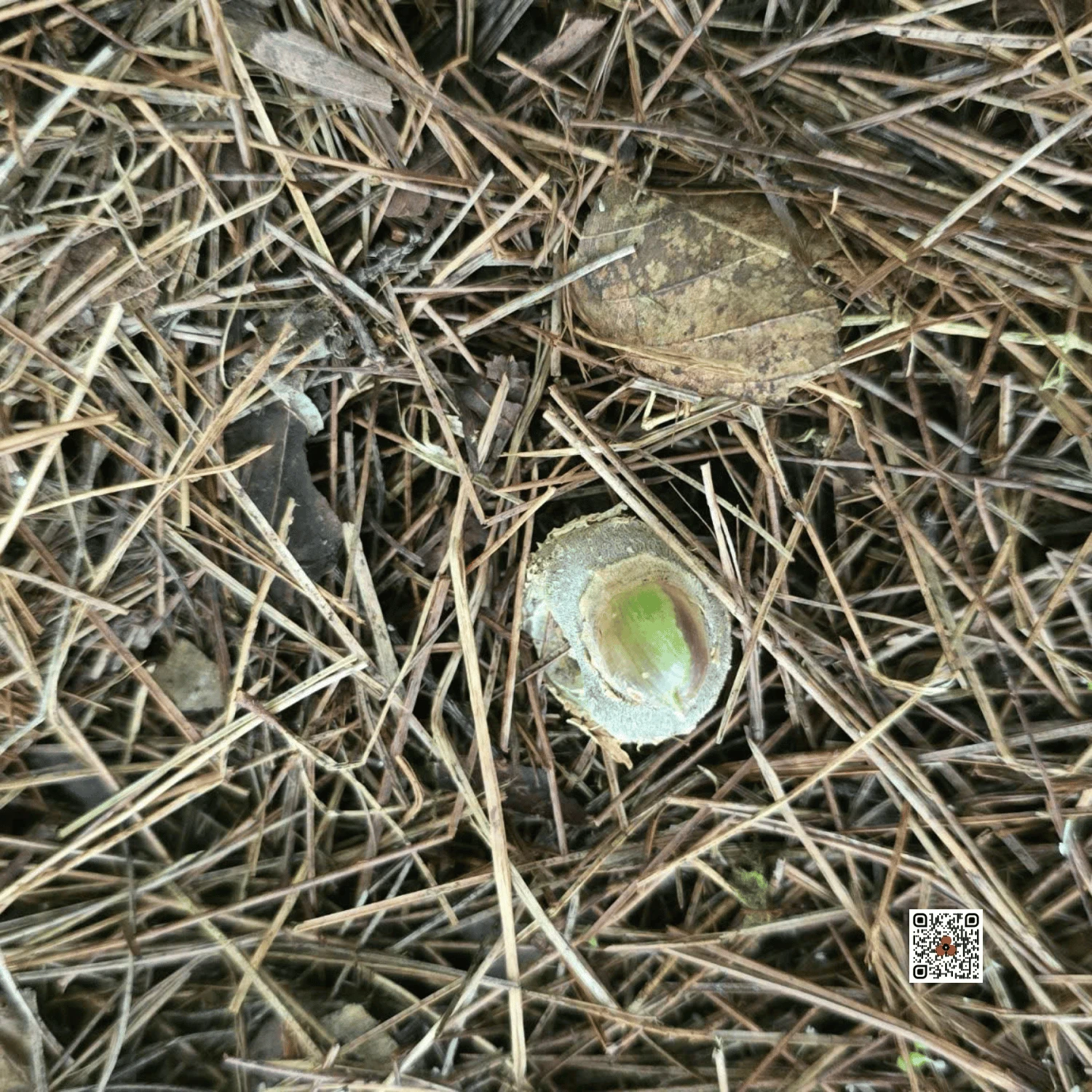
Another challenge is brand positioning. If Vietnamese ginseng only “imitates” the Korean way of doing things, it will be difficult for it to make its own mark. The question is: how can Ngoc Linh ginseng become a global brand, with a strong Vietnamese identity, instead of just a copy?
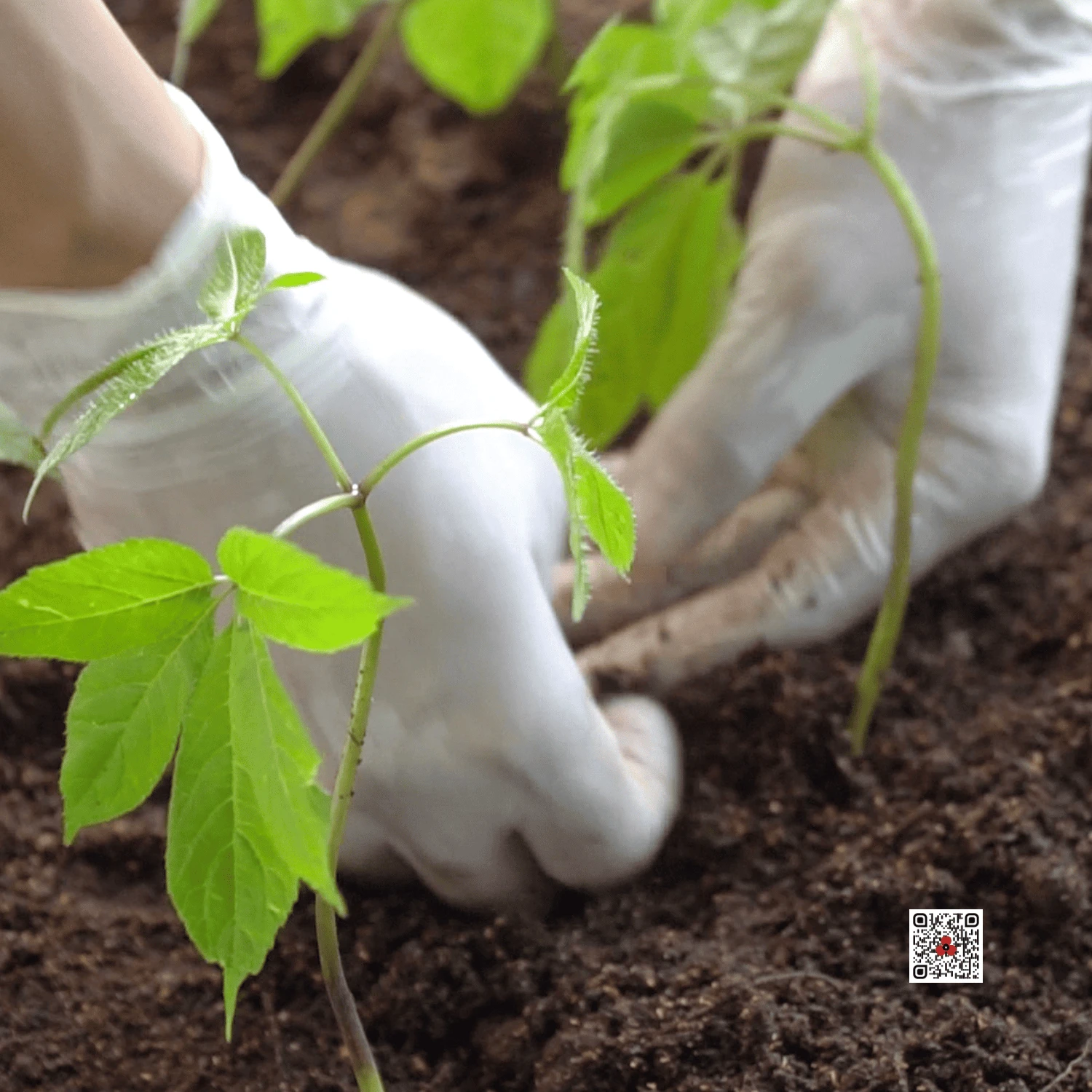
Long road: need cooperation
In this “ginseng race”, no one wants to go fast and then run out of breath. Enterprises need support from local authorities in terms of policy, from scientists in terms of research, and from people in terms of forest preservation. Because ginseng can only grow well under the canopy of primary forests, if the forest is lost, the national treasure will also be lost.
The cooperation between the parties not only ensures profits for investors, but also preserves ecological and cultural values, and national pride. Growing ginseng is therefore not only a financial investment, but also an investment in the future – where nature, people and the economy develop sustainably.
